
Best Pilates Studio Software for Bookings & Payments
Running a Pilates studio shouldn’t feel harder than a jumpboard series.
The right software makes your bookings, payments, and class management run smooth — so you can focus on clients, not admin. Whether you’re running private Reformer Machine sessions or full classes, here’s our round-up of the best software tools that can keep up with your pace.
1. Why Your Pilates Studio Needs Software That Works As Hard As You Do
Reformer Machine classes are all about precision. Your back-end systems should be too.
Good studio software helps you:
-
Automate bookings and waitlists
-
Sync schedules across trainers
-
Manage class packs and memberships
-
Accept multiple payment types (including Zip Pay or Afterpay)
-
Reduce no-shows with automated reminders
Your clients expect a seamless experience — from their first booking to post-session payment.
2. Best Pilates Studio Software for 2025
Here’s what’s trending (and actually working) for Aussie studio owners this year:
Acuity Scheduling
Why we rate it:
Super clean interface and perfect for solo instructors or boutique studios. Integrates easily with Zoom, Google Calendar, and Stripe.
Standout feature:
Customisable intake forms and reminders.
Best for:
Instructors offering 1:1 Reformer Machine sessions or virtual consults.
Mindbody
Why we rate it:
A heavyweight in fitness management. It’s got everything — scheduling, client apps, marketing automation, and reporting.
Standout feature:
The branded mobile app option. It lets you carry your studio branding through the whole client journey.
Best for:
Studios with multiple trainers and high-volume bookings.
Momence
Why we rate it:
Flexible and beautiful interface, ideal for those who care about UX. They offer built-in email marketing and a strong community feature.
Standout feature:
In-depth analytics to help track client retention and class popularity.
Best for:
Studios using Reformer Machines who want community-building tools and slick marketing options.
Gymdesk
Why we rate it:
Simple layout and easy to use, especially if tech isn’t your thing. Fast onboarding.
Standout feature:
Fully branded member portal and in-app payments.
Best for:
Smaller Pilates studios or those new to tech platforms.
Vagaro
Why we rate it:
All-in-one software with payroll, POS, and appointment booking. Custom websites too.
Standout feature:
POS system that connects easily to products — perfect if you’re selling accessories alongside Reformer Machine sessions.
Best for:
Studios with a retail component or offering add-ons like socks, power bands, or glute gear.
3. What to Look for in Pilates Studio Software
Not all systems are created equal. Here's what matters:
-
Ease of use: Can your team learn it fast?
-
Mobile friendly: Can clients book from their phone in under 30 seconds?
-
Payment options: Does it support Zip Pay or Afterpay?
-
Custom branding: Does it feel like your studio, not just another app?
-
Local support: If it breaks, can you get help in Aussie hours?
4. Why It Matters for Reformer Machine Studios
Your Pilates studio likely uses high-end equipment, like FitBoutique’s Onyx Reformer or Ivory Fold Reformer.
Your software should match that same standard of quality.
A strong system:
-
Makes your business scalable
-
Enhances client loyalty
-
Reduces friction in the booking experience
That’s essential if you’re offering premium Reformer Machine classes in a competitive space.
5. Final Thoughts: Let Tech Do the Heavy Lifting
You already deliver top-tier Reformer Machine sessions.
Now it’s time to let your software work just as hard. The right system lets you focus on your clients while the backend takes care of bookings, payments, and growth.
Have questions about setting up your studio with the best reformer equipment to match your new booking system?
Contact the FitBoutique team — we’ve got your back.
Reformer Pilates Range
Frequently Asked Questions
How much space do I need for a reformer bed?
Space Requirements for Your Reformer
A FitBoutique reformer requires approximately 245cm x 68cm (2.45m x 0.65m) of floor space. Here's what this means for your space planning:
For Home Users
Length: 245cm (8.04 feet)
Width: 68cm (2.13 feet)
Recommended clearance: Add at least 30cm on each side and end for comfortable access
Total recommended space: 305cm x 125cm (3.05m x 1.25m)
For the Onyx Fold model specifically:
Same footprint when in use (245cm x 65cm)
When folded: Takes up significantly less floor space in vertical storage
Ceiling height consideration: Ensure adequate height for vertical storage
What's the difference between commercial and home reformers?
While both offer similar exercise capabilities, commercial reformers typically feature heavier-duty construction, enhanced weight capacity, and more extensive warranty coverage. However, premium home models like the Onyx series bridge this gap with commercial-grade components.
How often should I maintain my reformer?
Regular maintenance includes weekly cleaning, monthly hardware checks, and quarterly deep cleaning of tracks and wheels. Premium reformers come with detailed maintenance guides to ensure optimal performance and longevity.
As Seen On
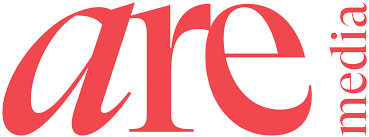







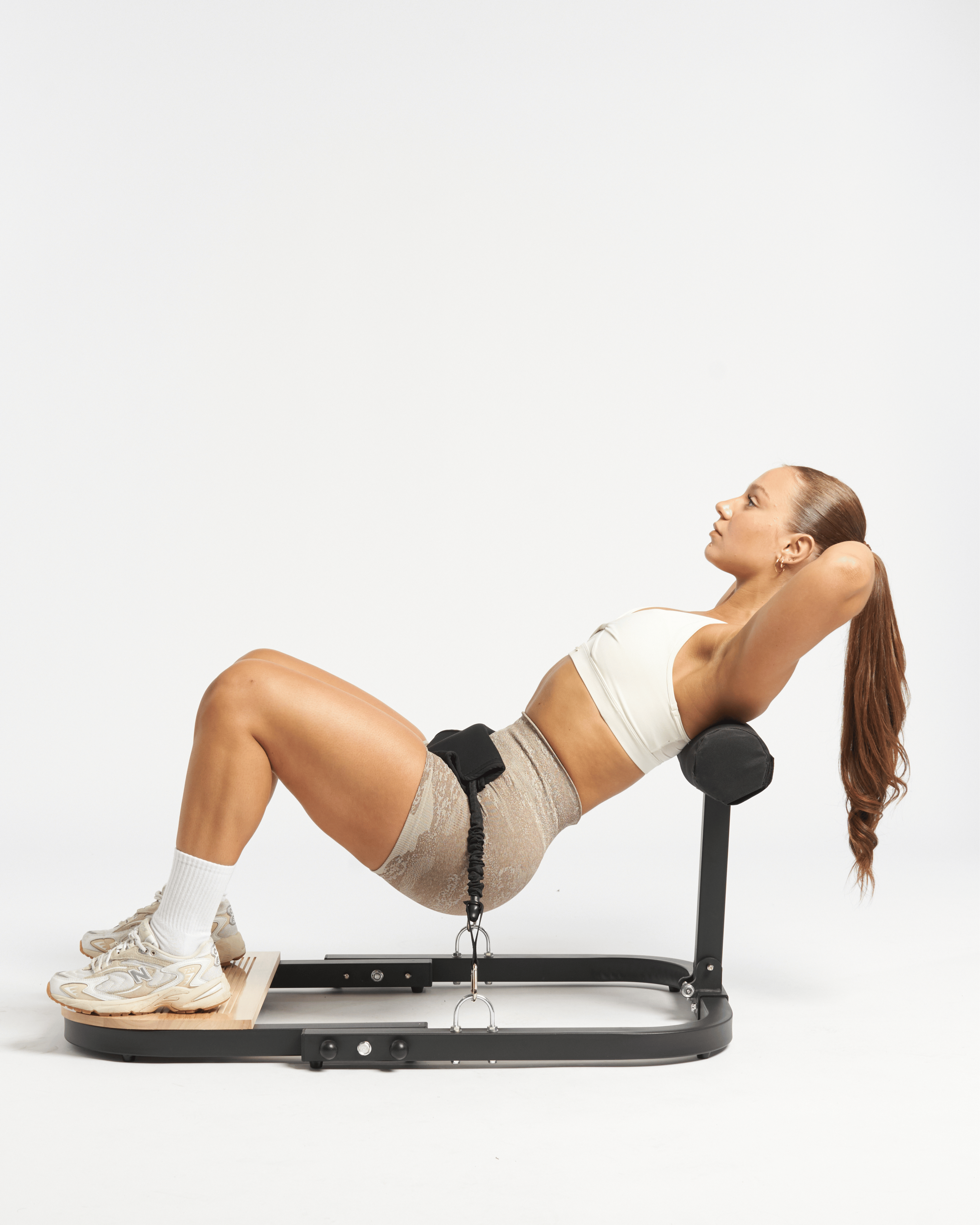
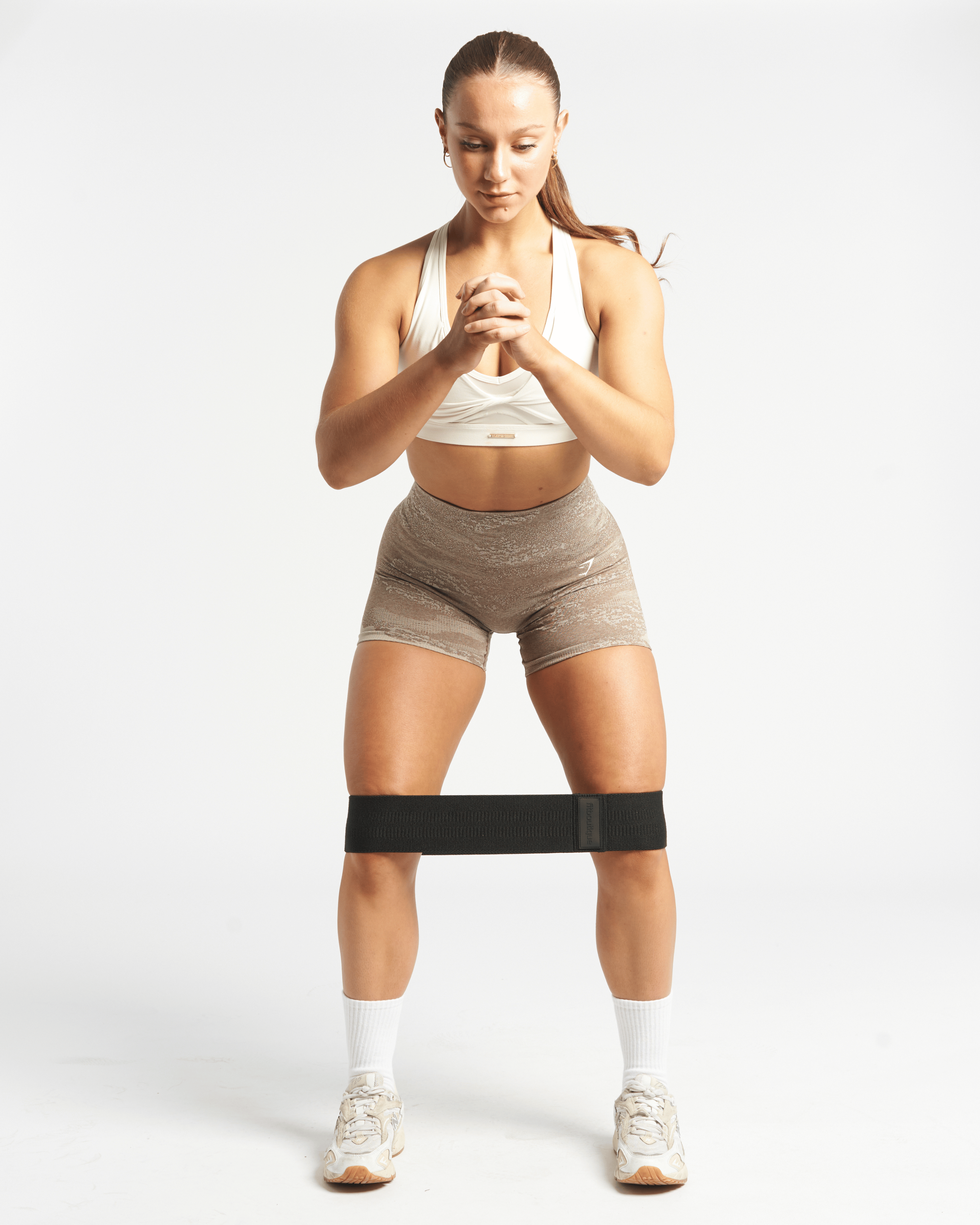
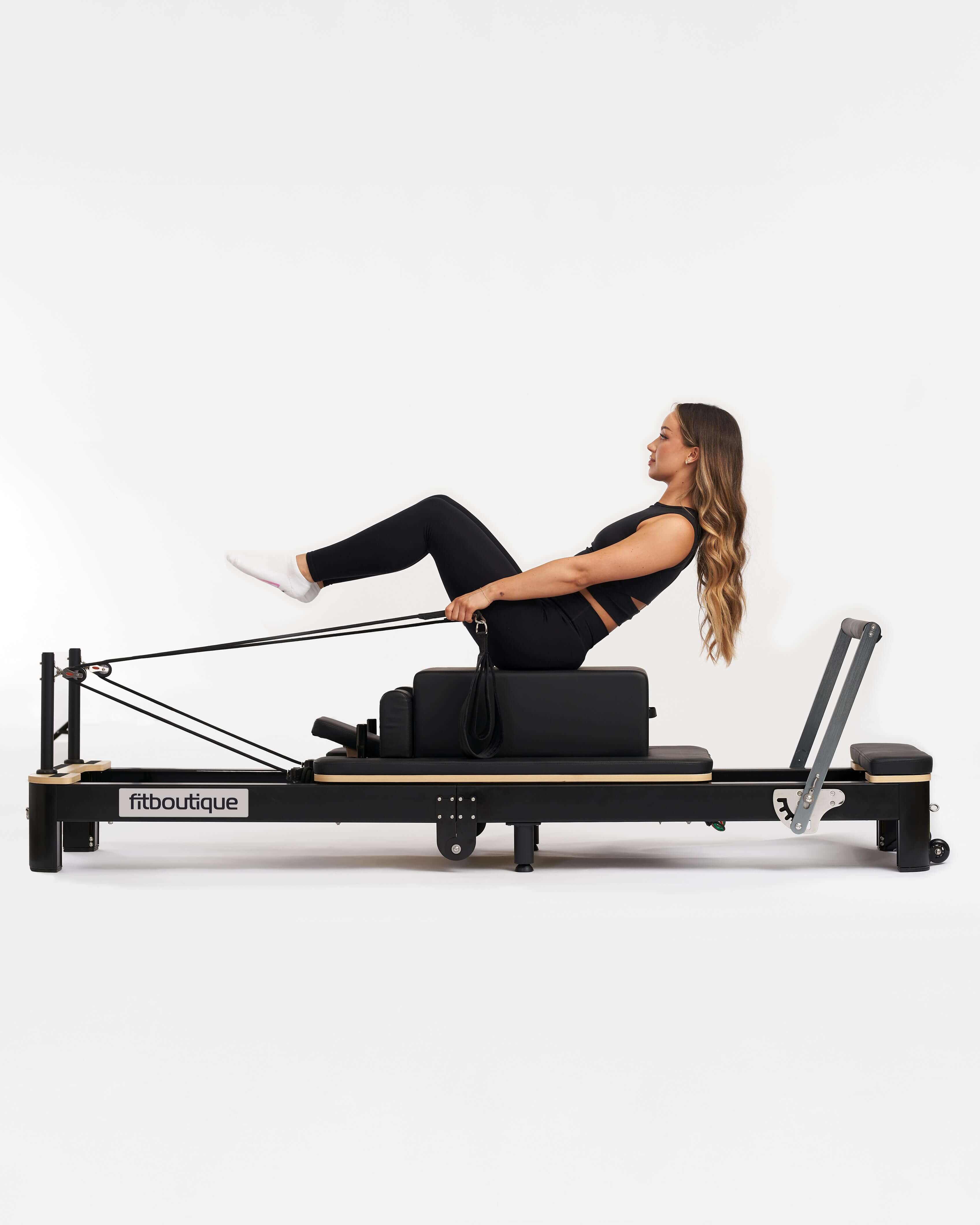




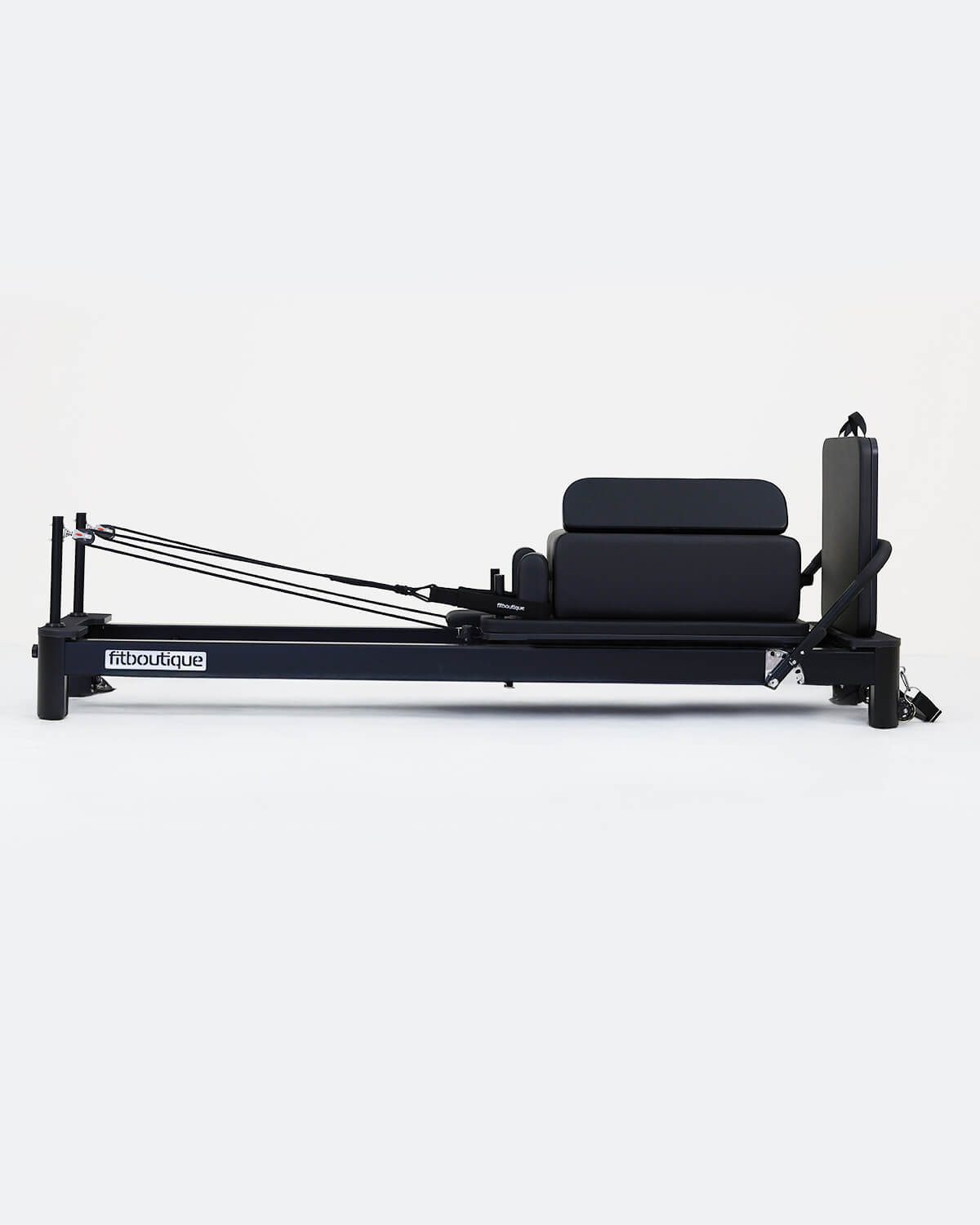



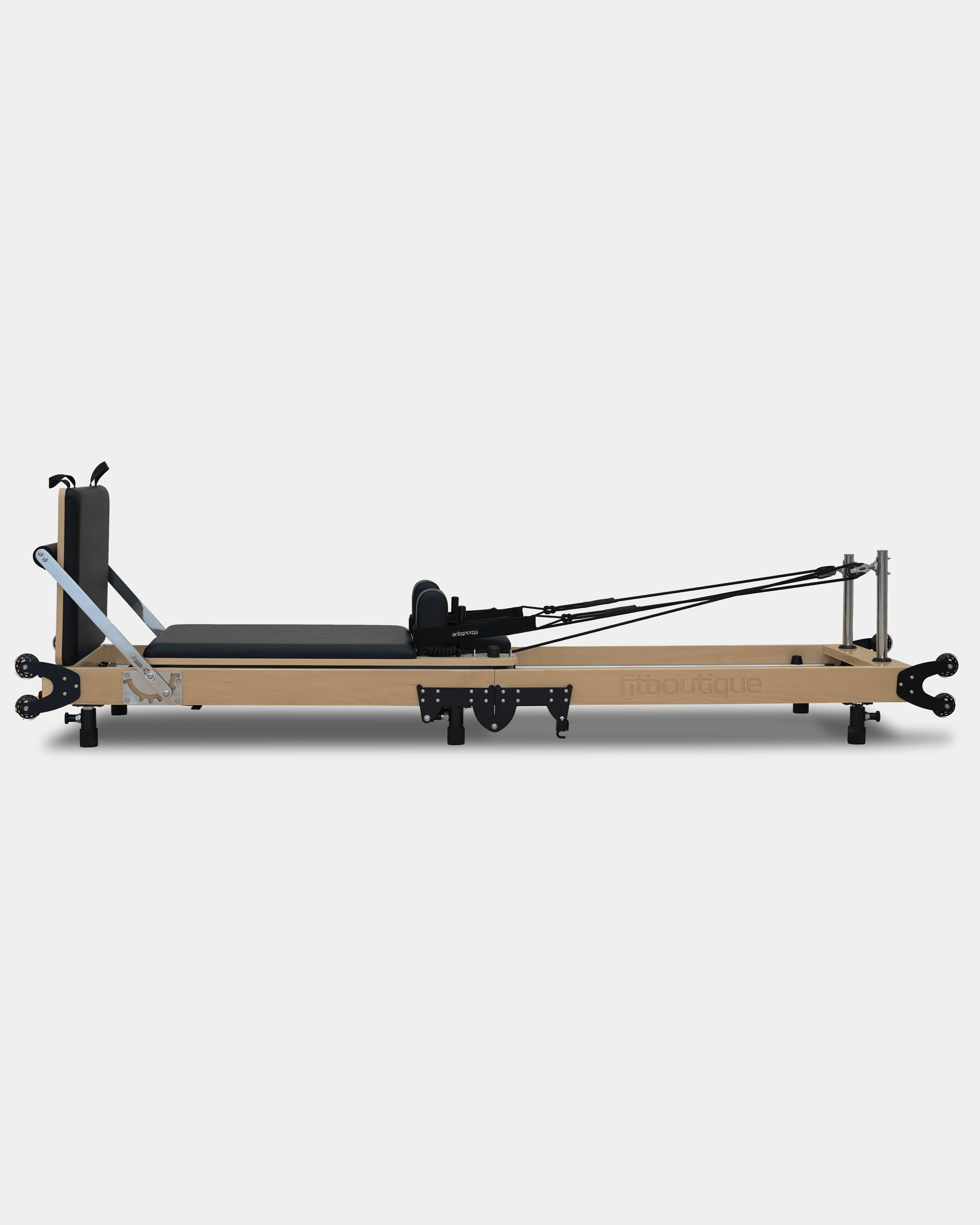
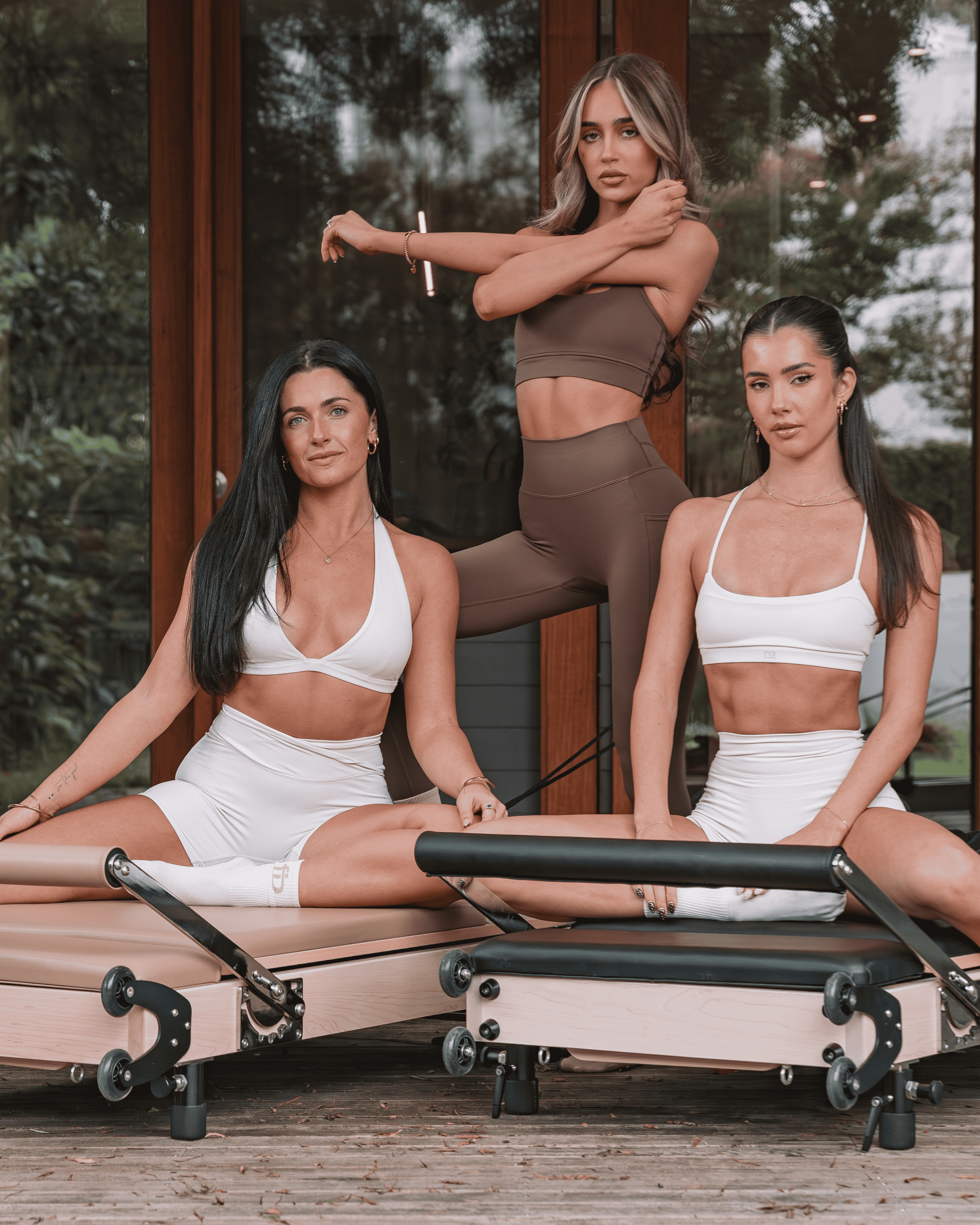

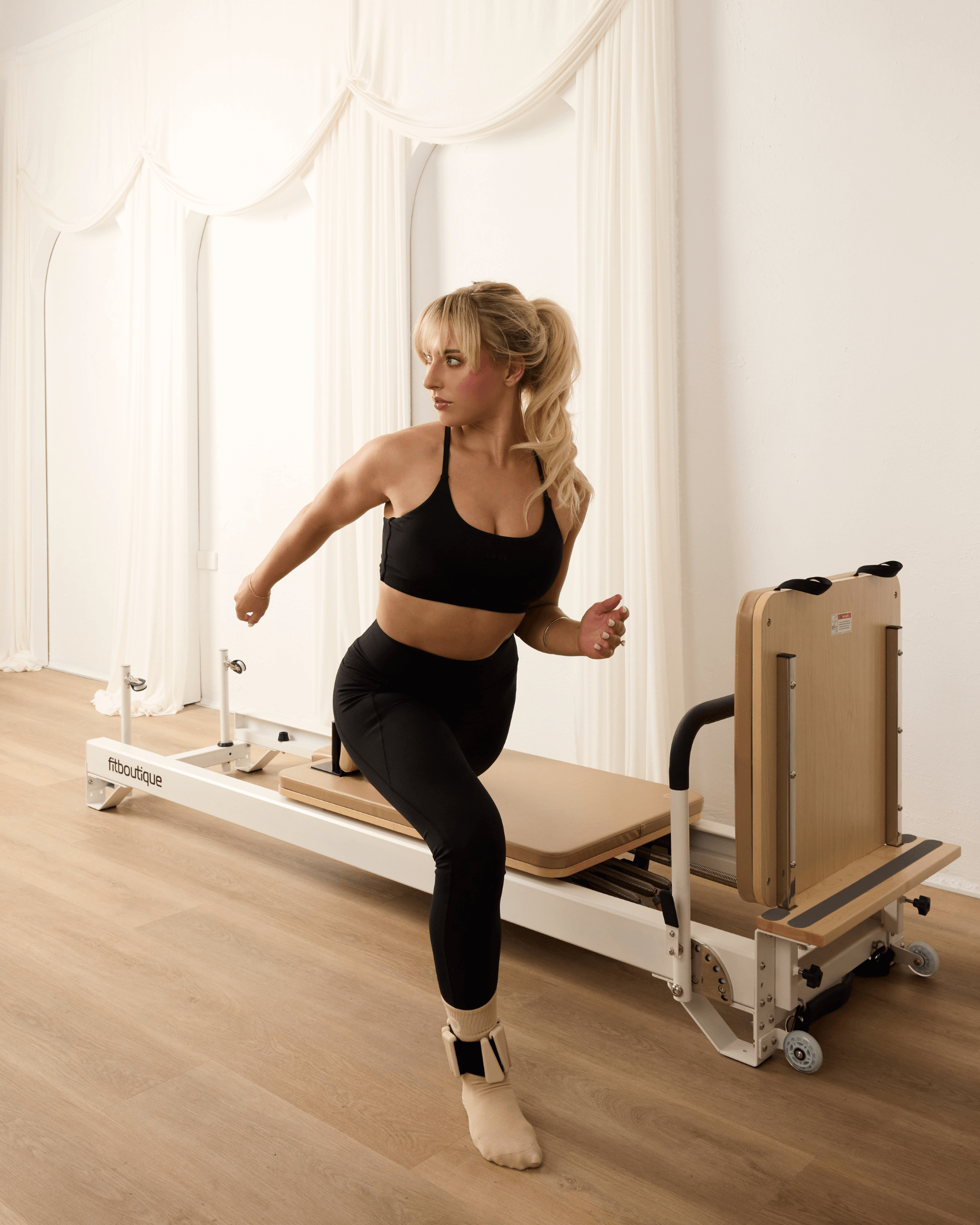
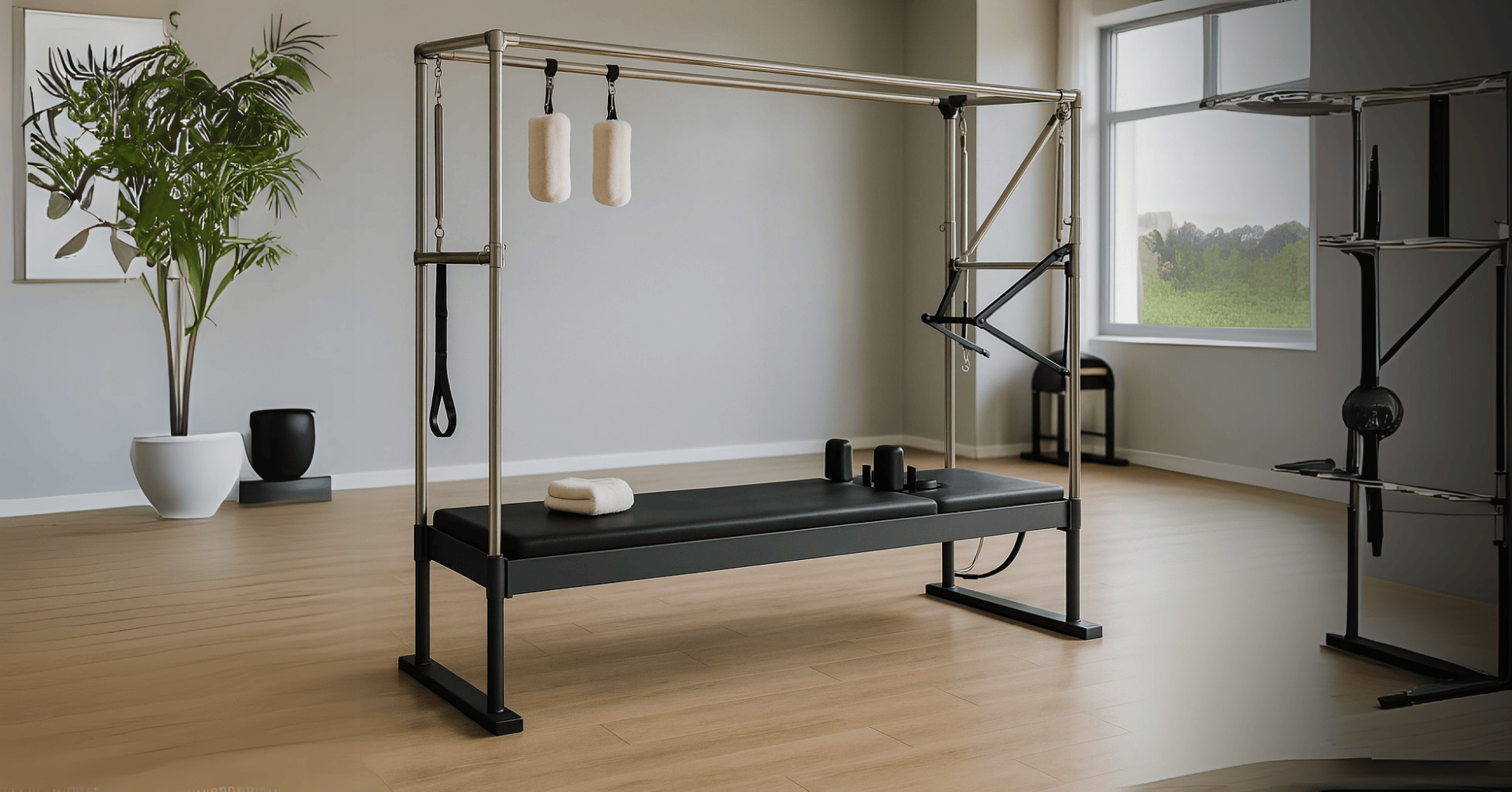
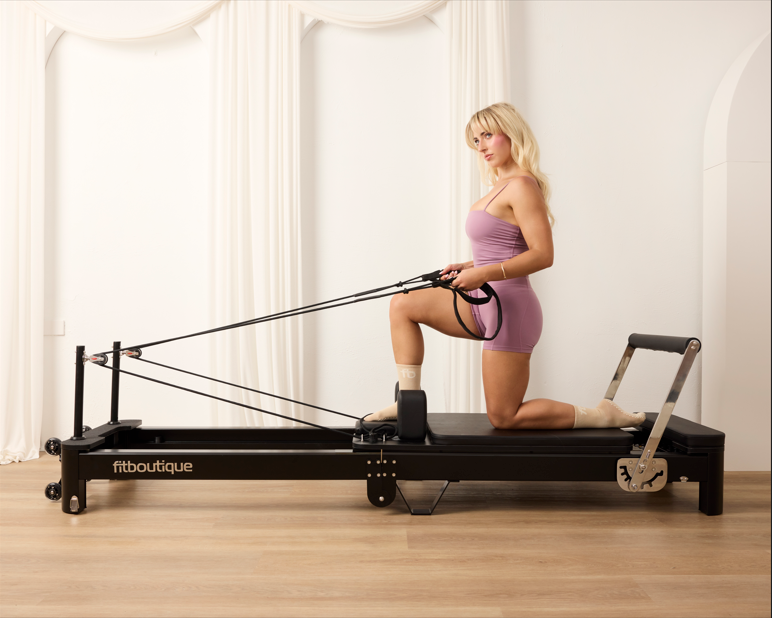
Leave a comment